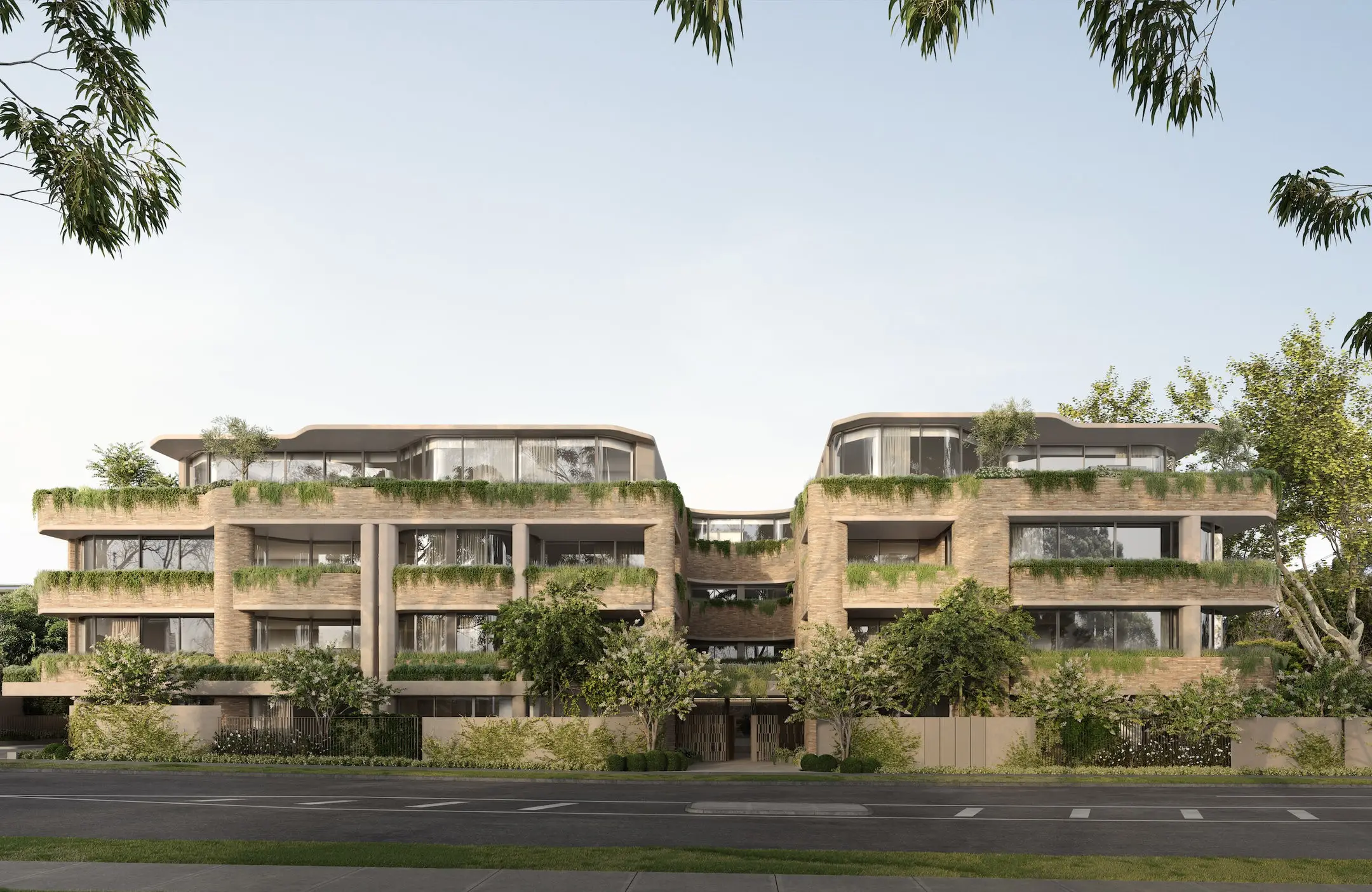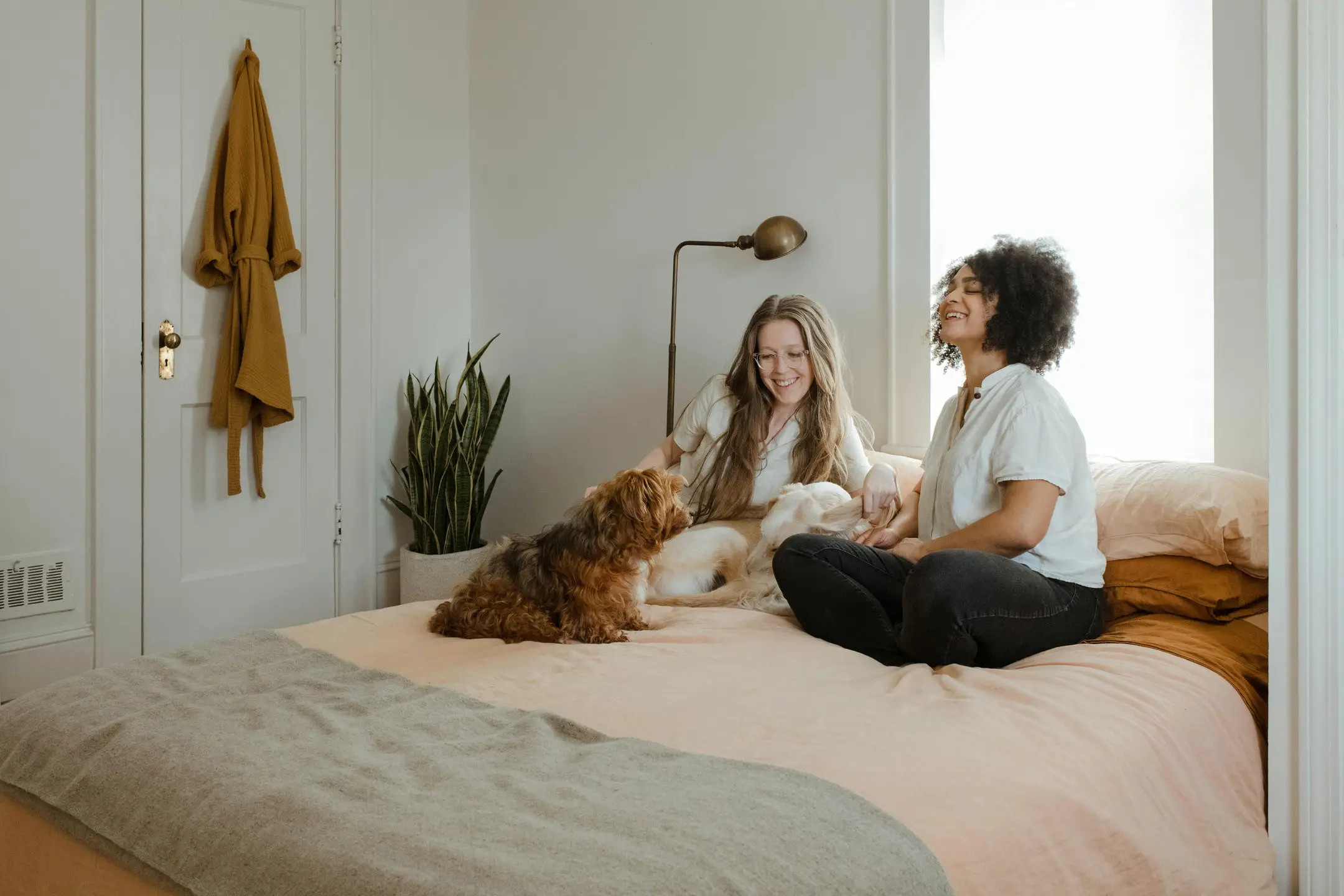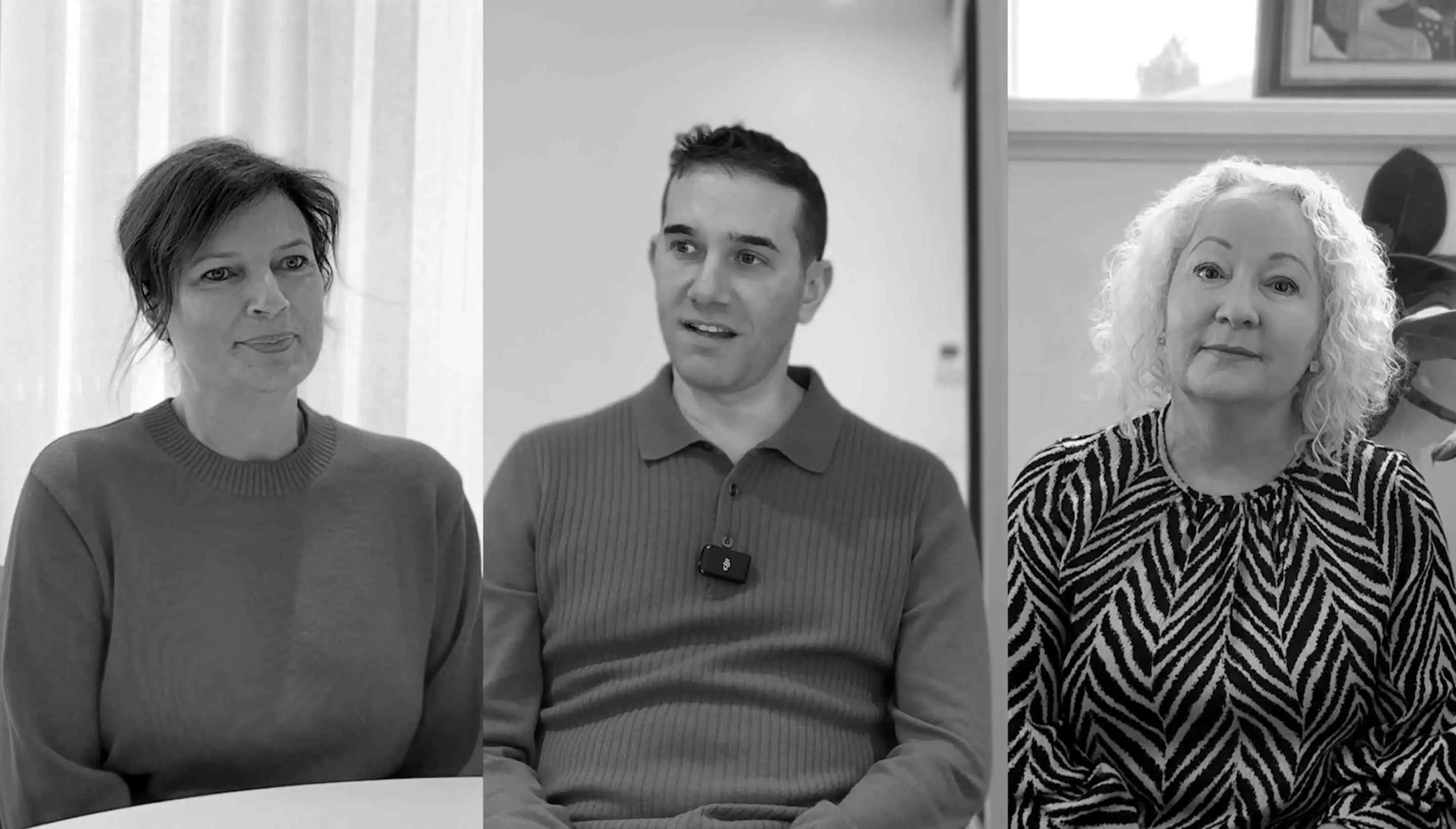
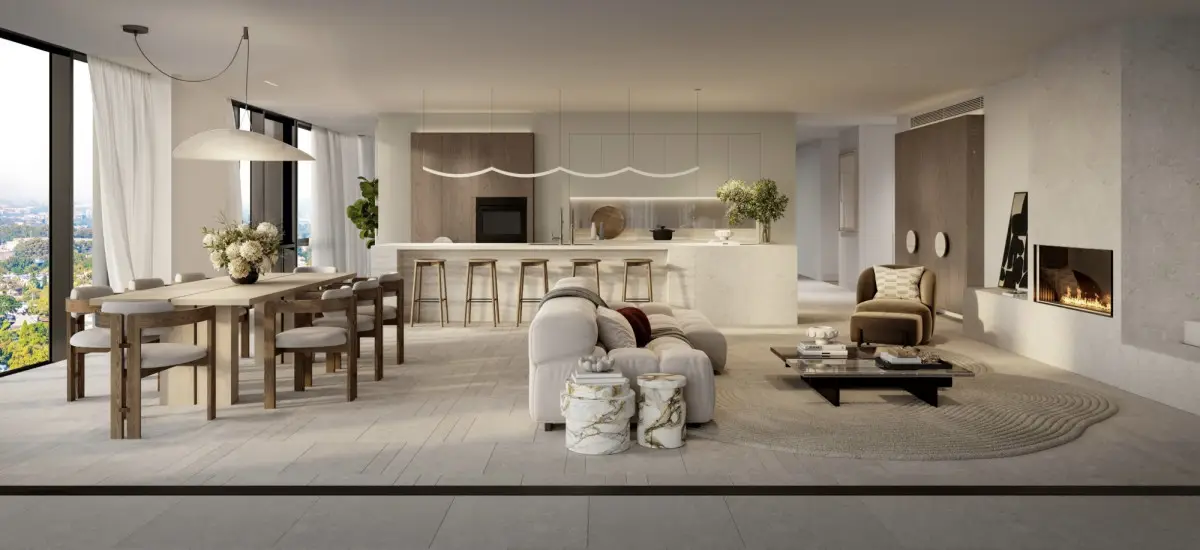
In a stylish blend of nostalgia and innovation, the latest interior design trends are breathing new life into homes across Australia.
Iconic features from past decades, such as banquette seating and retro futurism, are making a bold comeback, offering cosy, stylish communal spaces that invite connection and comfort.
Meanwhile, modern movements, such as wellness-centred and biophilic design, are reshaping interiors with a focus on serenity, flow, and emotional well-being.
This fusion of old and new is redefining how we live, relax, and express ourselves through our spaces.
We reveal the hottest must-have design trends you need right now.
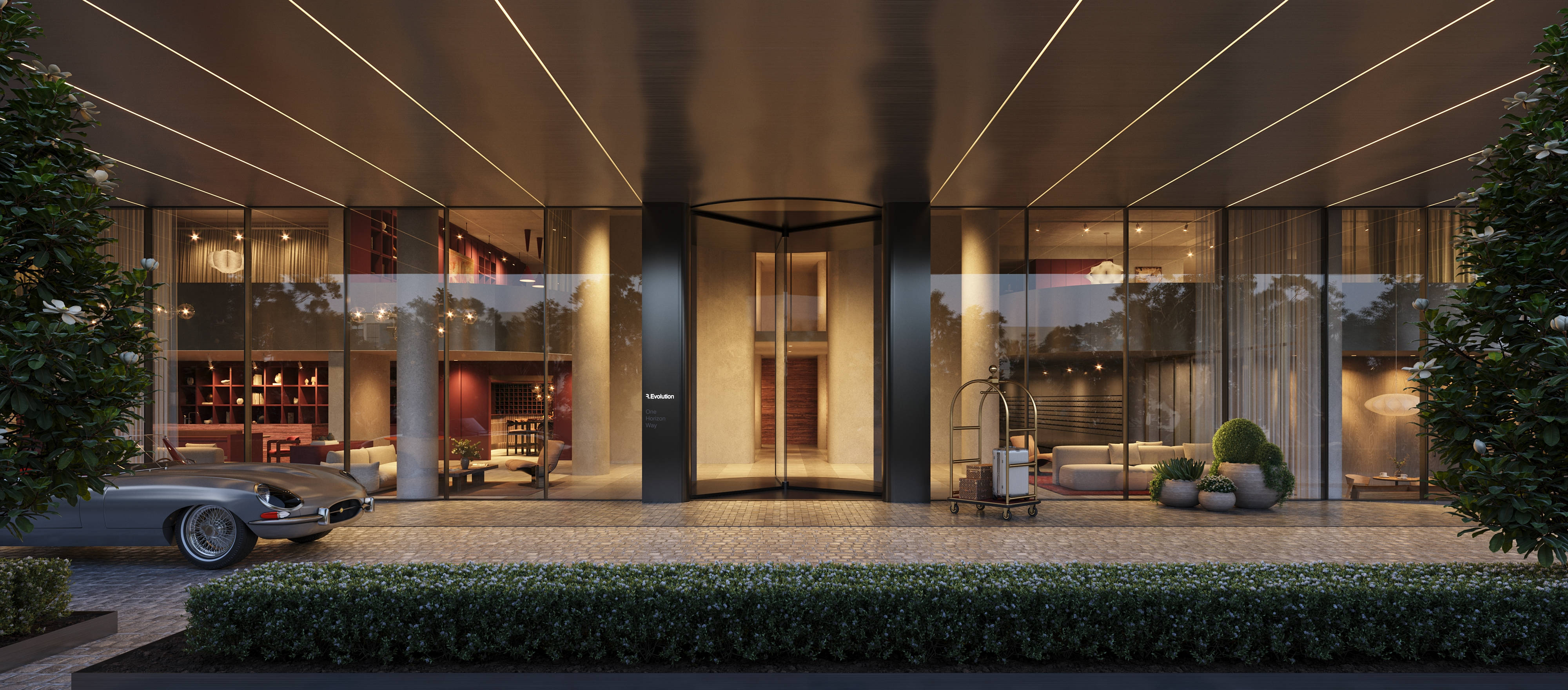
Banquette seating
Banquette seating, or the dining booth, is making a strong comeback in 2025, bringing both elegance and practicality to modern interiors.
Once a staple of mid-century dining nooks, these built-in benches are now being reimagined in a variety of home settings, from kitchen corners and dining areas to hallway reading havens and even bedroom window seats.
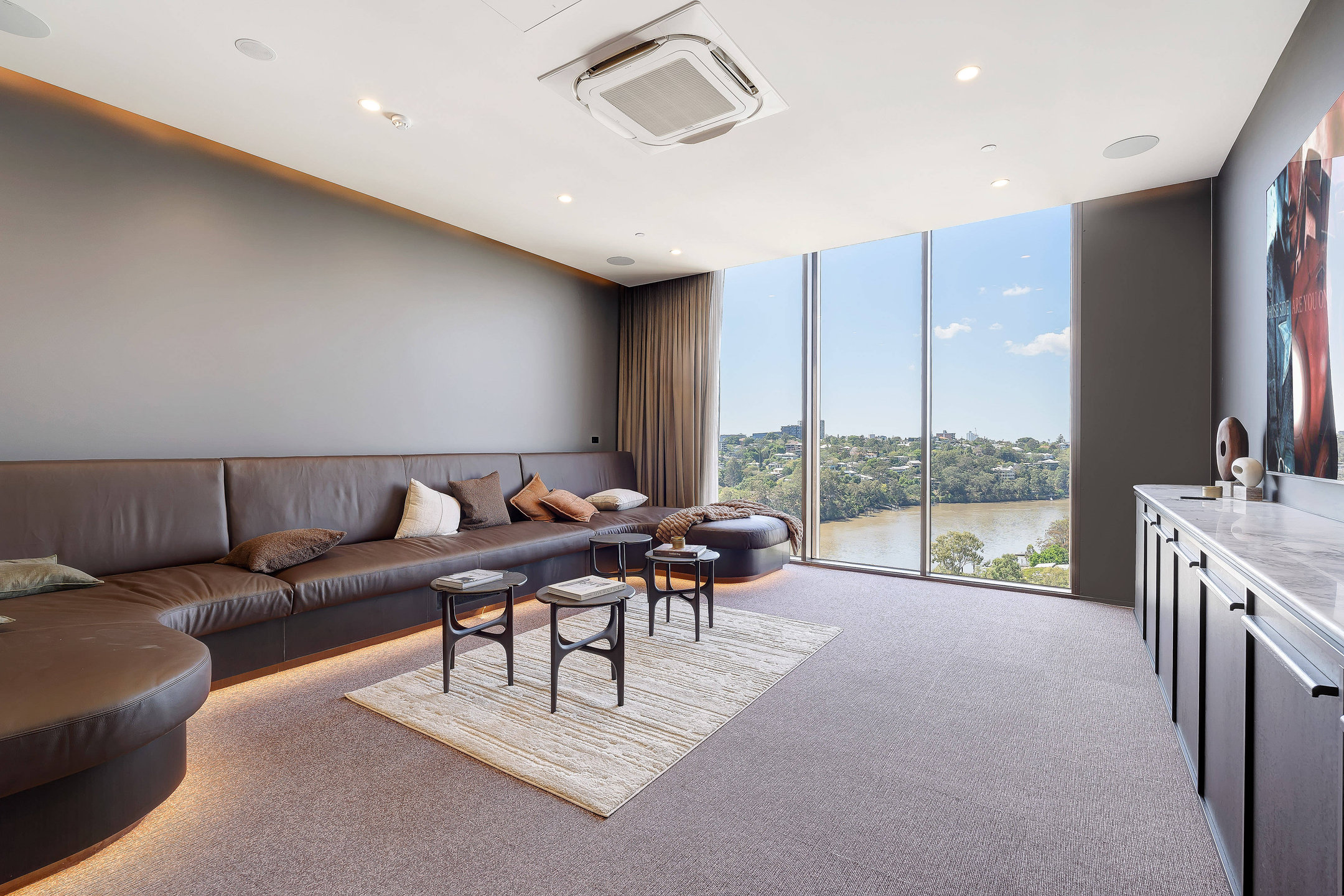
Their space-saving design and ability to create intimate private or communal zones make them especially appealing in open-plan homes.
Designers are embracing luxurious materials like buttery leather, rich velvet, and textured boucle to tailor them to their surroundings or to create a highlight installation. Whether curved around a dining table or tucked beneath a bay window, banquettes offer a seamless blend of comfort, style, and architectural interest.
Wellness-centred design
As people continue to prioritise mental health, rest, and holistic wellbeing, many apartment developments are being thoughtfully designed to support these needs. This design philosophy goes beyond aesthetics, focusing on how spaces can nurture the body and mind.
From meditation nooks, saunas and steam rooms, and yoga studios to spa-inspired bathrooms, every detail is curated to promote calm and clarity.
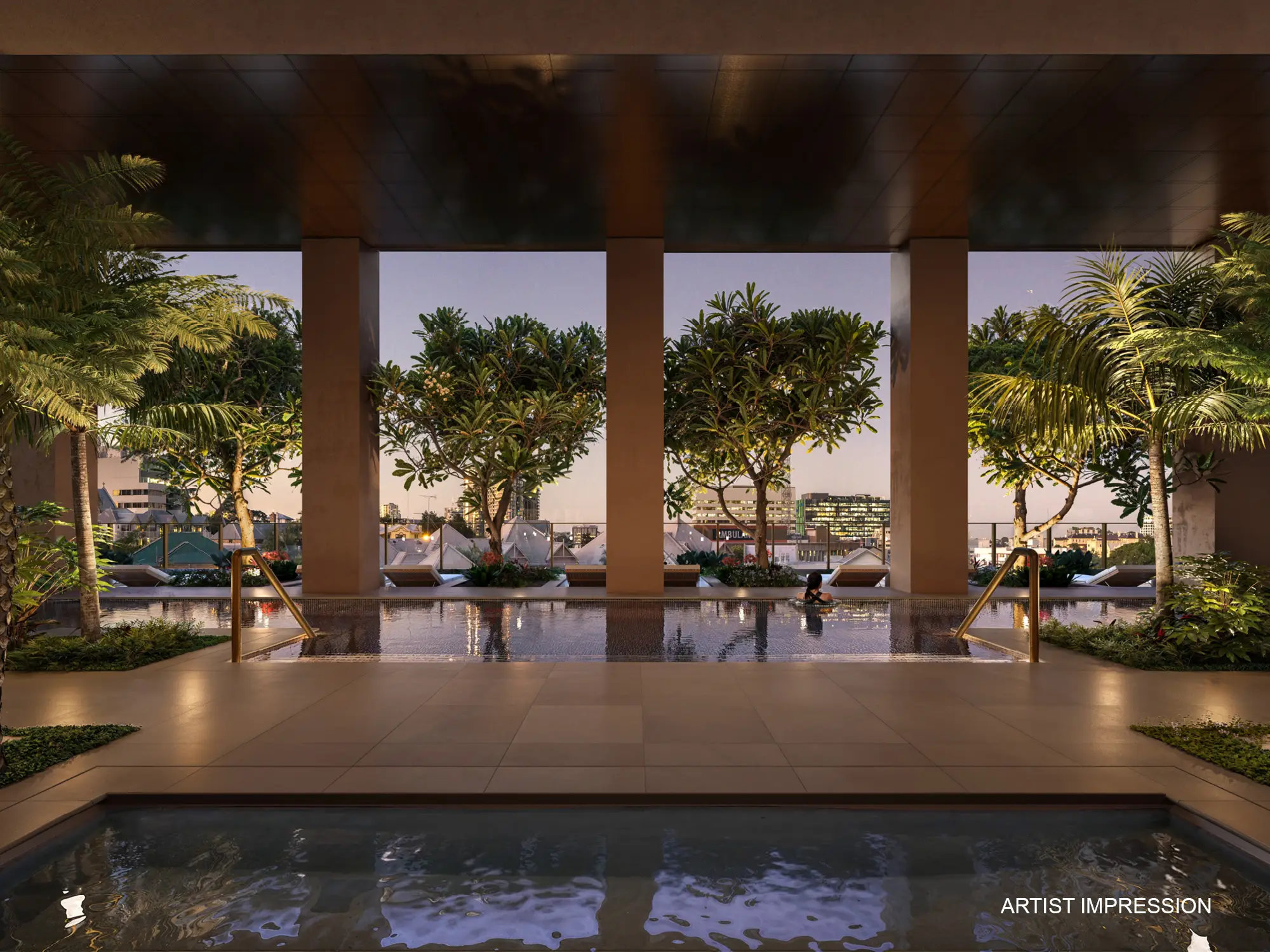
Some homes even feature circadian lighting to support sleep and energy levels, while ventilation, air-purifying systems, and plants reduce allergens and toxins.
Quiet zones for reading, or simply unplugging, and ergonomic and comfortable, supportive furniture for promoting rest and relaxation are also key features of wellness-centred homes.
This trend sees the use of natural materials like timber and linen, soothing colour palettes, and uncluttered open spaces, with the aim of creating a home that is not just a place to live, but a sanctuary to unwind.
Retro futurism
Blending the optimism of mid-20th-century visions of the future with sleek, modern innovation, retro-futurism is a captivating style reminiscent of The Jetsons – think sleek, curved architecture, floating furniture, and vibrant colour schemes.
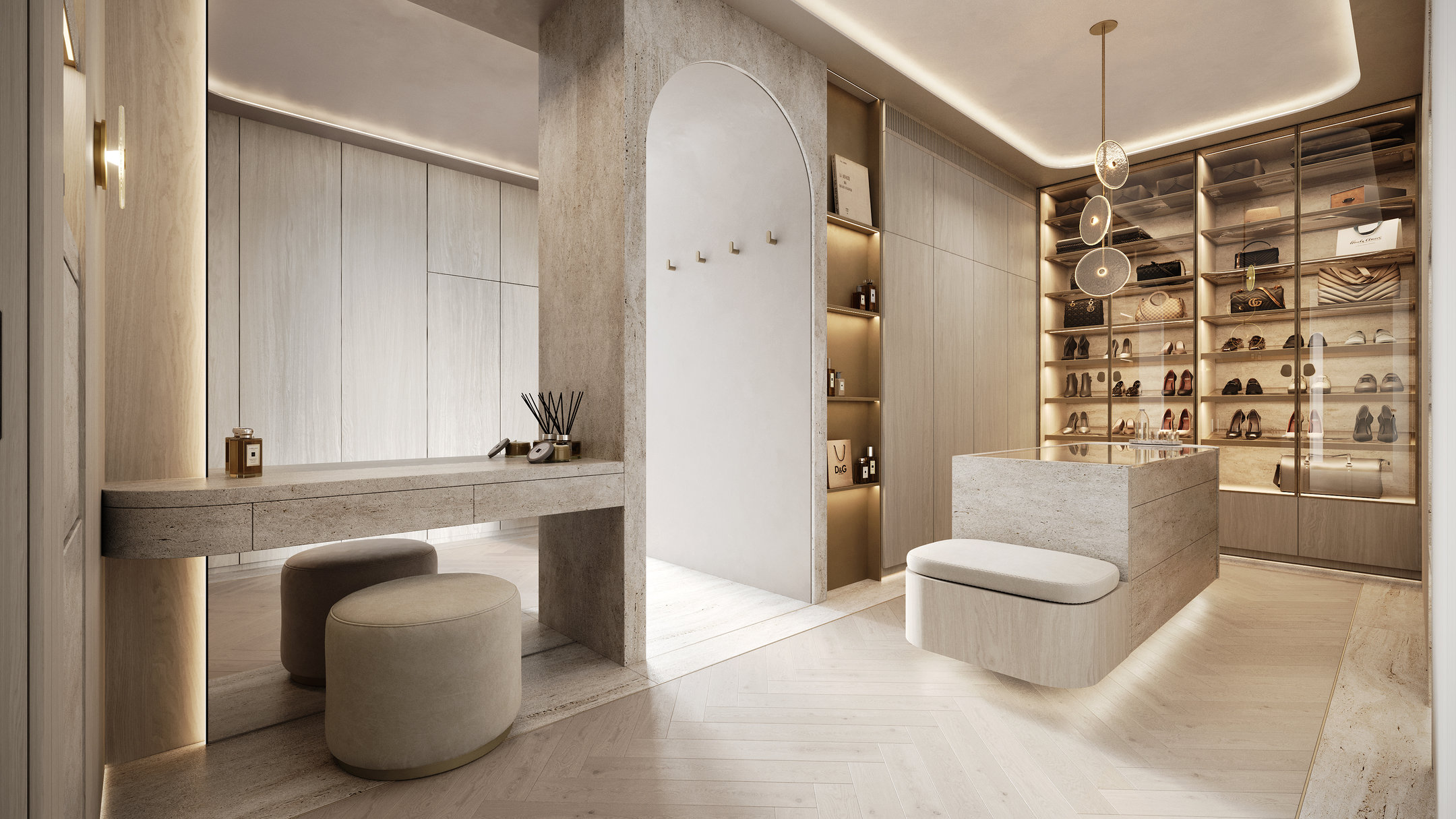
Rooted in the aesthetics of the 1950s and 1960s – an era fascinated by space travel and technological progress, this design trend reimagines what the future might look like through a nostalgic lens.
In 2025, this is playing out in the form of curved furniture reminiscent of spacecraft interiors, bold colour palettes like teal, orange, and chrome, and materials such as brushed aluminium, glass, and velvet that evoke both warmth and futurism. If you have seen The Fantastic Four: First Steps at the cinema, you will know exactly what we mean.
Colour and pattern drenching
While earthy minimalism continues to dominate interior design trends into 2025, we are also seeing some bolder and more expressive homeowners, embracing maximalism with a confident splash – quite literally.
Colour and pattern drenching, whereby a single hue or motif is applied across walls, ceilings, furnishings, and even floors, is transforming some homes into immersive, expressive environments that reflect the tastes and personalities of their owners.
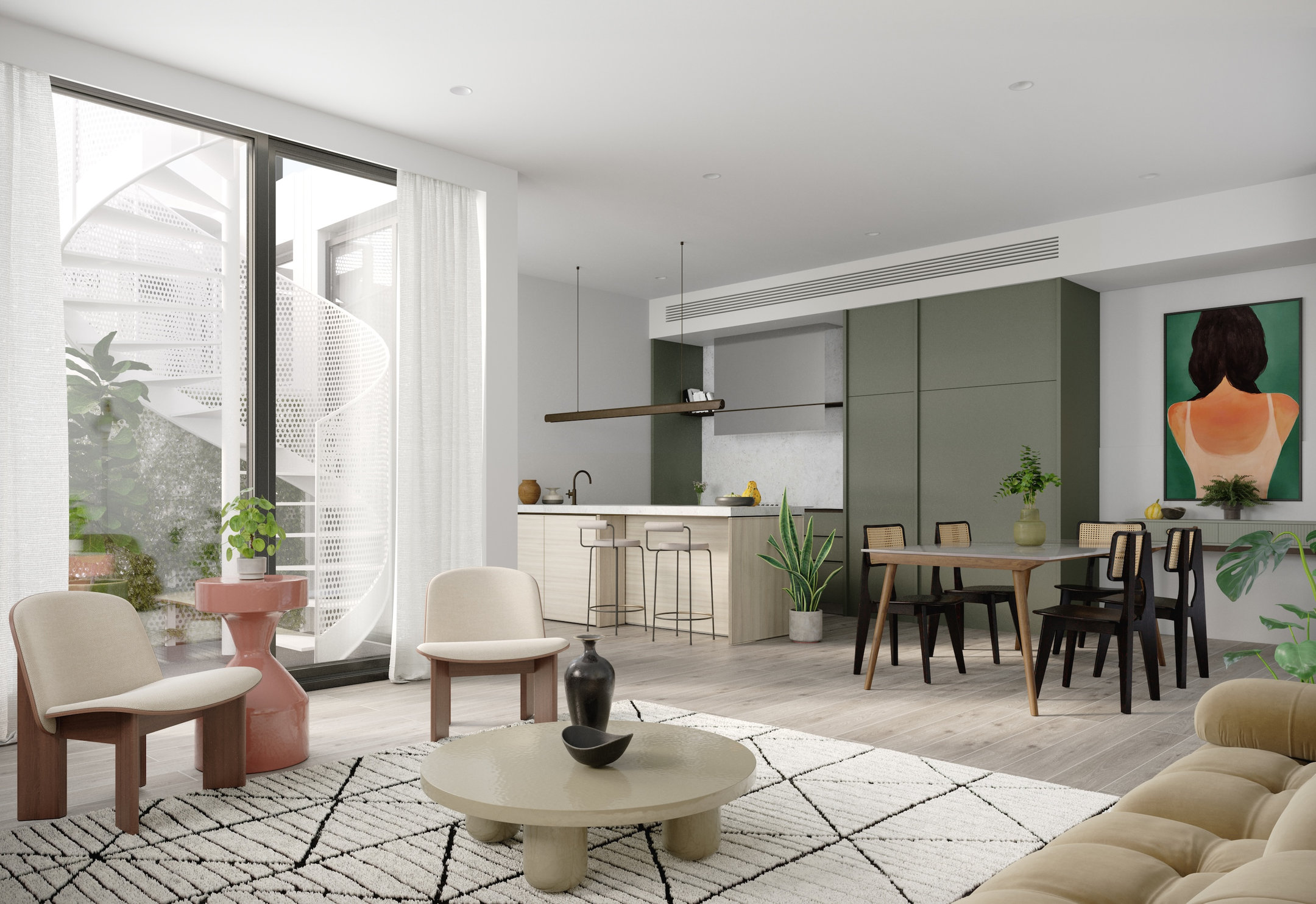
This trend reflects a shift away from minimalism toward more emotionally resonant interiors, with homeowners seeking comfort, personality, and visual stimulation.
Examples include entire living rooms painted in deep forest greens or a playful palette of pink, and bedrooms featuring bold floral wallpapers that extend seamlessly onto ceilings for a dramatic, artful effect.
Even bathrooms are getting the drenching treatment, with monochromatic schemes, paired with matching tiles and textiles.
It's a design movement that's as much about mood as it is about aesthetics, turning everyday spaces into playful statements of self.
Biophilic Design
Biophilic design is a design approach that seeks to connect people more closely with nature within the built environment and is becoming increasingly popular in our fast-paced, urbanised lives.
It's a design philosophy that is quickly growing in popularity, especially when it comes to newly built residences.
By integrating natural elements like plants, sunlight, organic materials, and outdoor views into interior spaces, biophilic design promotes mental clarity, reduces stress, and enhances overall well-being.
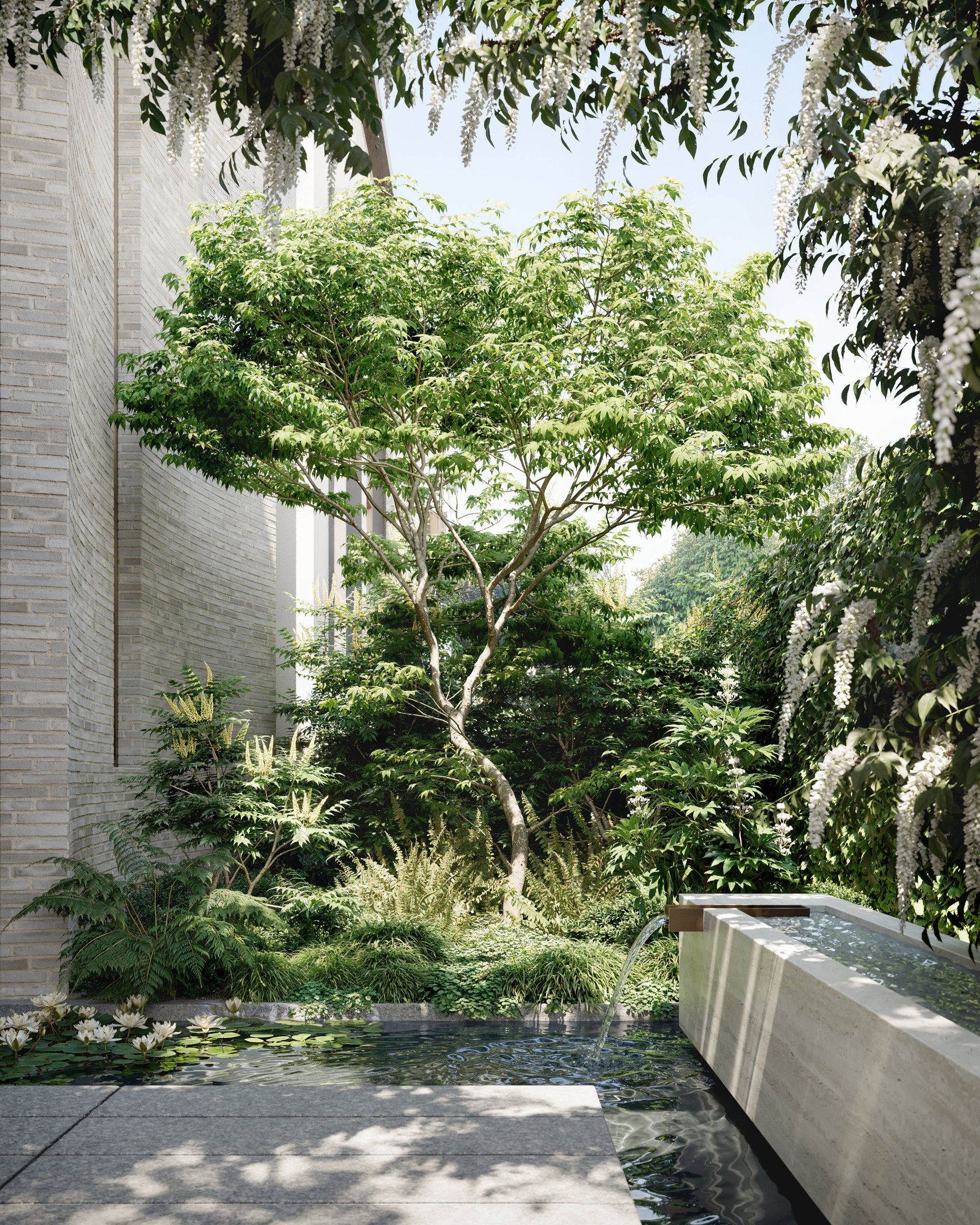
But it's not just about aesthetics. Studies have shown that environments rich in natural features can improve mood, productivity, and even physical health.
In modern apartments, this might look like private gardens, timber finishes, calming water features, and large windows and doors that frame greenery, gardens, or distant tree tops.
It is also likely to incorporate natural materials, such as wood, stone and linen, and natural, earthy tones that further promote a sense of connection with nature.
Textured surfaces
In 2025, interior design is embracing texture like never before, as homeowners seek spaces that feel as good as they look.
From plaster-finished walls and fluted timber panelling to bouclé upholstery, tactile stone benchtops, and woven wall hangings, texture is being used to add depth and dimension to otherwise minimalist spaces.
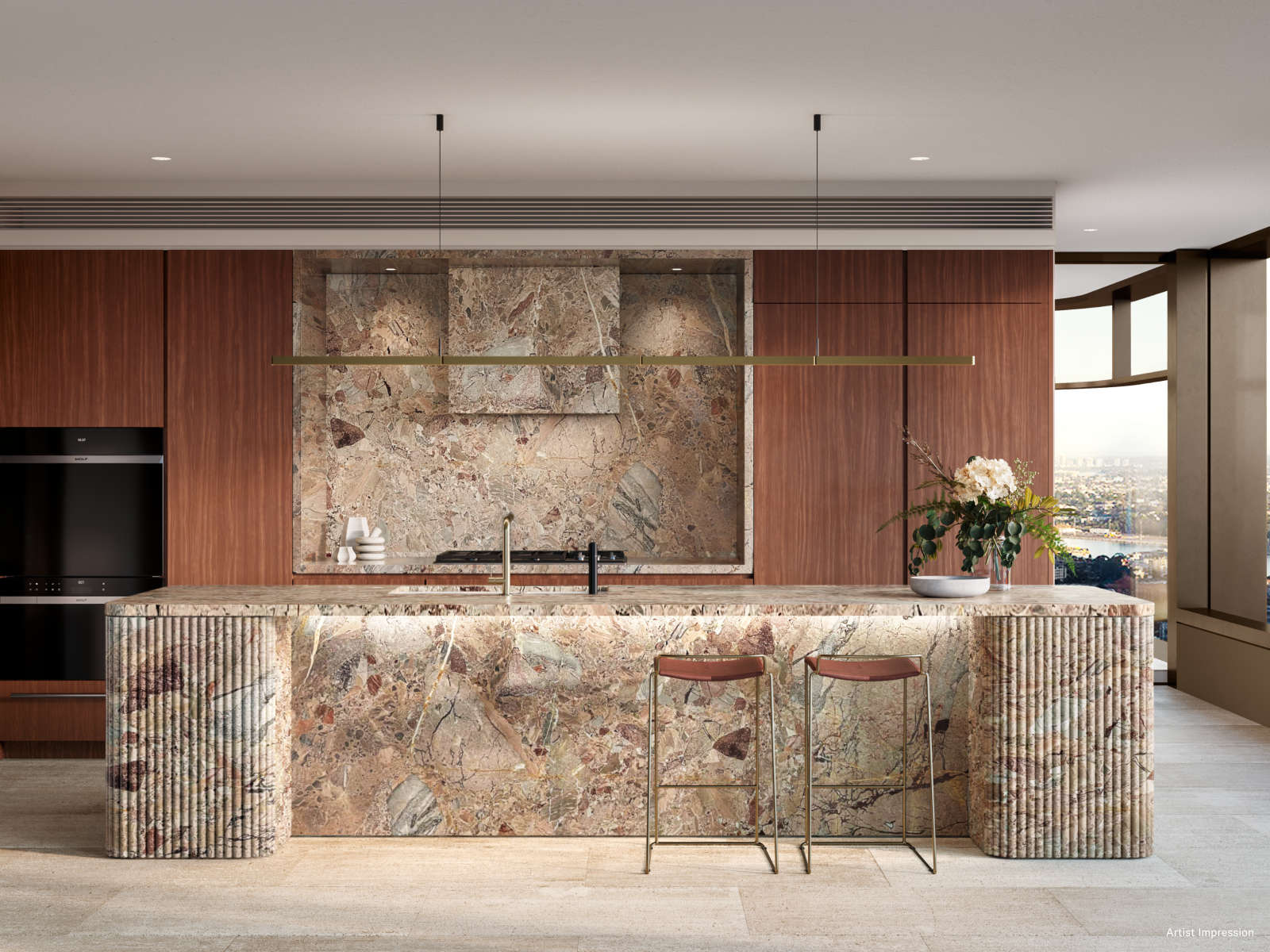
Raw stone and travertine have become particularly popular in kitchen and dining areas, as they are utilised in benchtops, splashbacks, and dining and coffee tables to create a rugged, earthy texture.
While in bathrooms, concrete and microcement, used for floors, walls, and benchtops, give spaces a raw, industrial edge.
You don't even have to renovate to add texture to your home; furnishings and accessories made of rattan and cane, velvet, boucle, and linen and cotton blends can create added depth and interest to any space.
Earthy neutrals
Earthy neutrals continue to take centre stage in home interiors, offering a soothing antidote to the overstimulation of modern life.
Hues like clay, sand, olive, and warm taupe are being used to create grounded, harmonious spaces that feel both timeless and contemporary and reflect a growing trend for homes that nurture wellbeing.
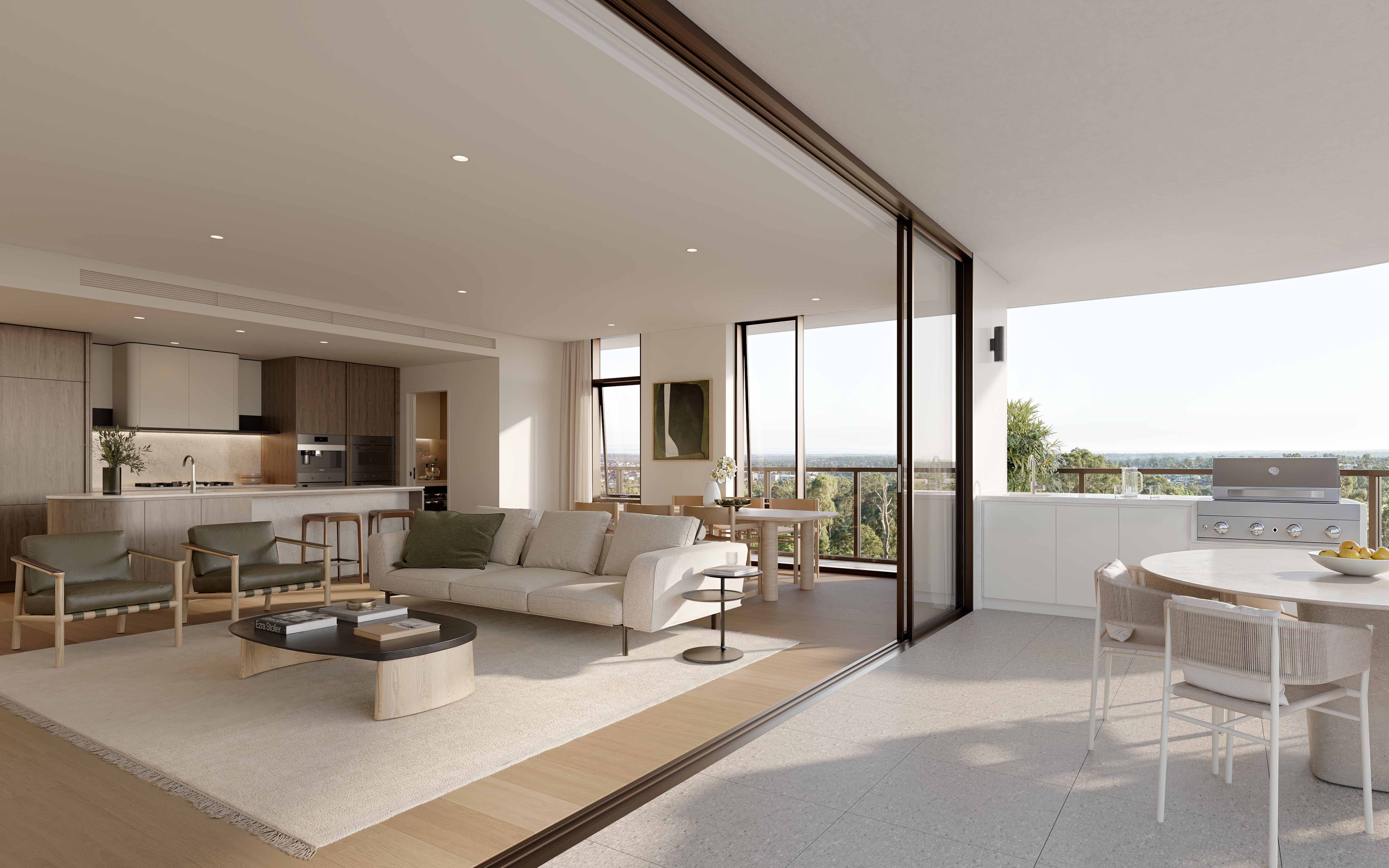
Designers are pairing these tones with tactile materials, like linen, raw timber, and stone, to bring depth to the minimalist colour palette.
Whether used in wall colours, bench tops, flooring, upholstery, or soft furnishings, earthy neutrals are part of the 2025 trend for transforming homes into serene sanctuaries.
For more lifestyle articles and property news, click here.

